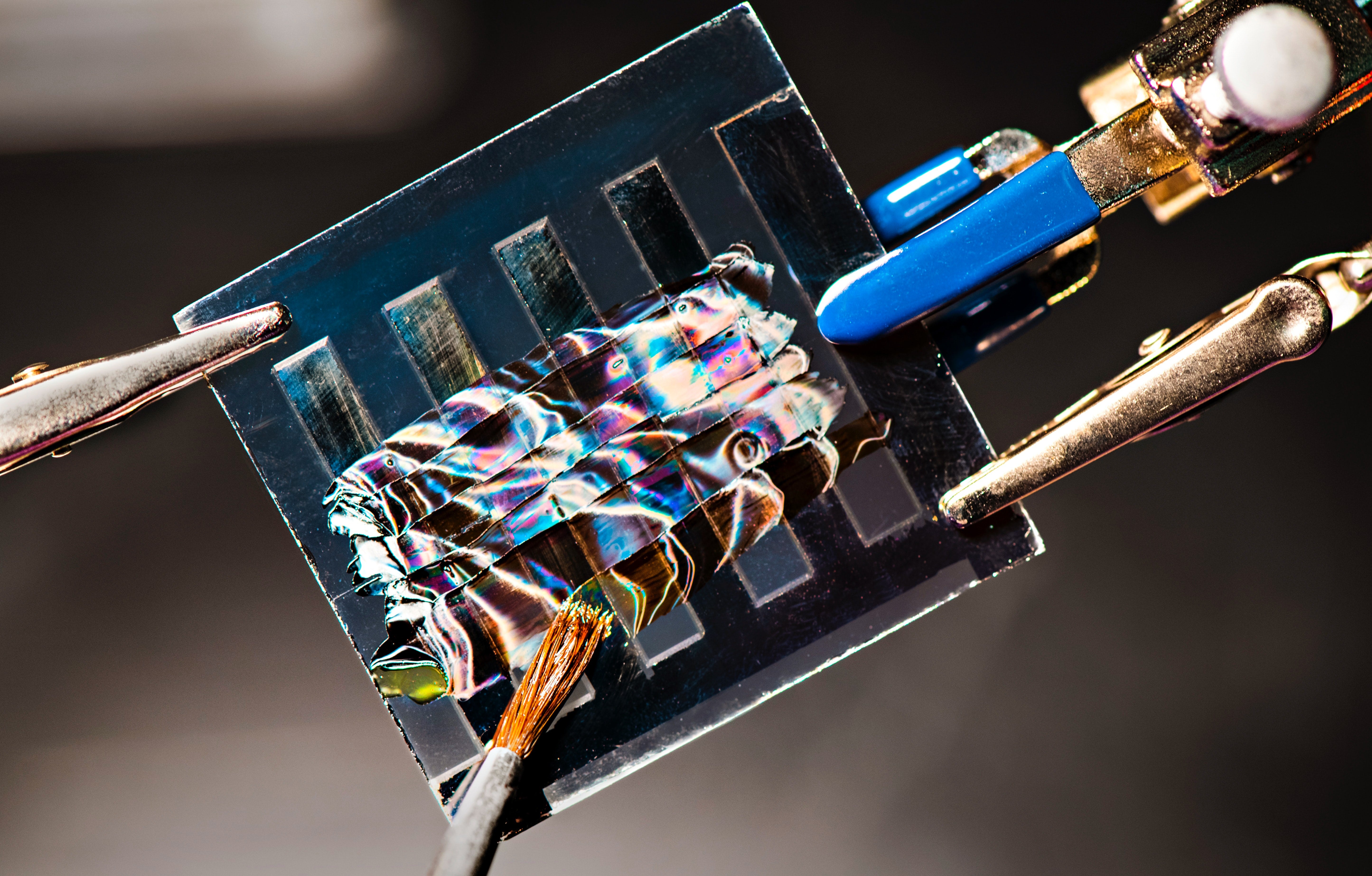This website uses cookies so that we can provide you with the best user experience possible. Cookie information is stored in your browser and performs functions such as recognising you when you return to our website and helping our team to understand which sections of the website you find most interesting and useful.

Smartphones in the future could be powered by invisible solar panels built into the device’s screen.
Adding the ability to charge from the Sun, by using the glass in the screen, has long been a dream of phone users.
But the materials to make it practically possible are lacking, making such technology difficult to develop.
This is because the materials necessary to make the solar cell opaque are the semiconductor layers, which are responsible for capturing light and converting it into an electrical current that could power a phone.
Nevertheless Professor Joondong Kim and his collagues from Incheon National University in South Korea have suggested that either titanium dioxide or nickel oxide could be used.
Titanium oxide production is both environmentally friendly and non-toxic, as well as being able to absorb invisible ultraviolet light while letting the visible light range pass through it.
Nickel oxide, similarly, has a high optical transparency – as well as being one of the most abundant elements on planet Earth and able to be manufactured at low temperatures.
The solar cell prepared by the researchers used a glass substrate – a molecule acted upon by an enzyme – and a metal electrode, on which the titanium and nickel semiconducters were placed, followed by a final coating of silver nanowires acting as the second electrode in the battery cell.
The results were promising; over half of all visible light passed through the cell, giving it a transparent effect, with a power conversion efficiency of 2.1 per cent – significantly high, considering the cell only targets a small part of the light spectrum in order to main invisibility.
"While this innovative solar cell is still very much in its infancy, our results strongly suggest that further improvement is possible for transparent photovoltaics by optimizing the cell's optical and electrical properties," Professor Kim said.
The solar cell created by the team is transparent, allowing its use in a wide range of applications
(Joondong Kim from Incheon National University)
The study, “Transparent photovoltaic cells and self-powered photodetectors by TiO2/NiO heterojunction”, was published in the Journal of Power Sources in January 2021.
The development of a power cell in the phone screen that uses solar power, rather than relying on charging cables, could have beneficial environmental affects as well as developing the port-less smartphone that many have predicted for years.
Last year, Garmin released a range of new watches that charge from the Sun. The new feature was added to ensure that users don’t get bored of charging up their smartwatches.
Solar charging means the battery can keep powered up by borrowing energy from the environment its users are already in.



 Africana55 Radio
Africana55 Radio 
